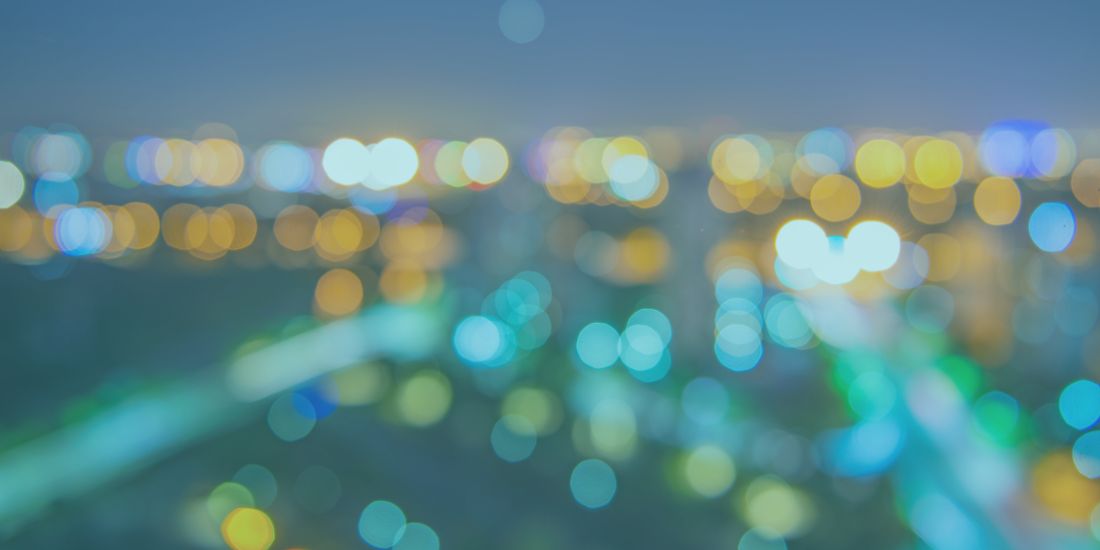What does seeing halos around lights mean?
If you notice that you are seeing bright circles or rings, like halos, around light sources when you look at them, it requires urgent assessment. It has several potential causes and consequences, some of which have serious implications.
The phenomena can be a particular problem when it happens at night, or in a dimly lit space where they can interfere with your vision. It might just be a normal response to bright lights, such as overly bright headlights on an oncoming car, or they might have an underlying cause that requires further investigation.
In this article, Gurjeet Jutley looks at the topic of seeing halos and how and when you should seek help.
How do you know if halos are caused by a serious condition?
If halos appear suddenly, or if you sometimes or always see rainbow patterned halos, have blurred vision, pain or feel any other discomfort, they might indicate a serious condition.
If you have never experienced halos previously, or their frequency or regularity has suddenly increased, then please seek medical attention. The correct treatment plan can then be implemented.
What are the causes of seeing halos around lights?
Halos appearing when you look at light sources are usually caused by diffraction. This is the bending of light as it enters your eye and there are a number of different eye conditions that might cause this to happen. These include:
- Dry eye syndrome
When your eyes are chronically dry this is known as dry eye syndrome (DES). It can alter the shape of the cornea, causing halos to appear from the scattering of light when it enters the eye.
- Cataracts
Seeing halos around lights can be seen with cataract. A cataract develops when the transparent lens of the eye gradually becomes cloudy or opaque. As the lens becomes cloudy light will be bent in an unusual way. The scattering of light can cause the appearance of halos.
Halos are also sometimes a side-effect of surgery, where a cloudy lens has been replaced with a plastic intraocular lens and its effects should decrease over time.
- Astigmatism
When a cornea is irregularly shaped this is known as astigmatism. This irregularity can bend any light that enters the eye in unexpected ways, distorting vision and causing the appearance of halos.
- Corneal dystrophies, such as Fuch’s
Fuch’s dystrophy is a progressive genetic eye disorder that can cause the cornea to swell. When this happens, the shape of the cornea is altered and light is no longer able to enter the eye at the correct angle leading to the appearance of halos around lights. Symptoms of the disorder will usually begin to appear between the ages of 50 and 60.
- Glaucoma
Glaucoma is an eye condition caused when the optic nerve becomes damaged, usually in the context of elevated pressure within the eye. It is a common condition and one that is the leading cause of blindness worldwide.
Seeing halos around light can be an early sign of acute-angle glaucoma and this should be treated as a medical emergency.
- LASIK surgery
Laser in-situ keratomileusis or LASIK surgery can cause temporary halos immediately after surgery.
If you notice halos appearing when you look at lights it can be a cause for concern. Seek professional advice by contacting Gurjeet Jutley as soon as possible to allow for further investigation and treatment if necessary.

